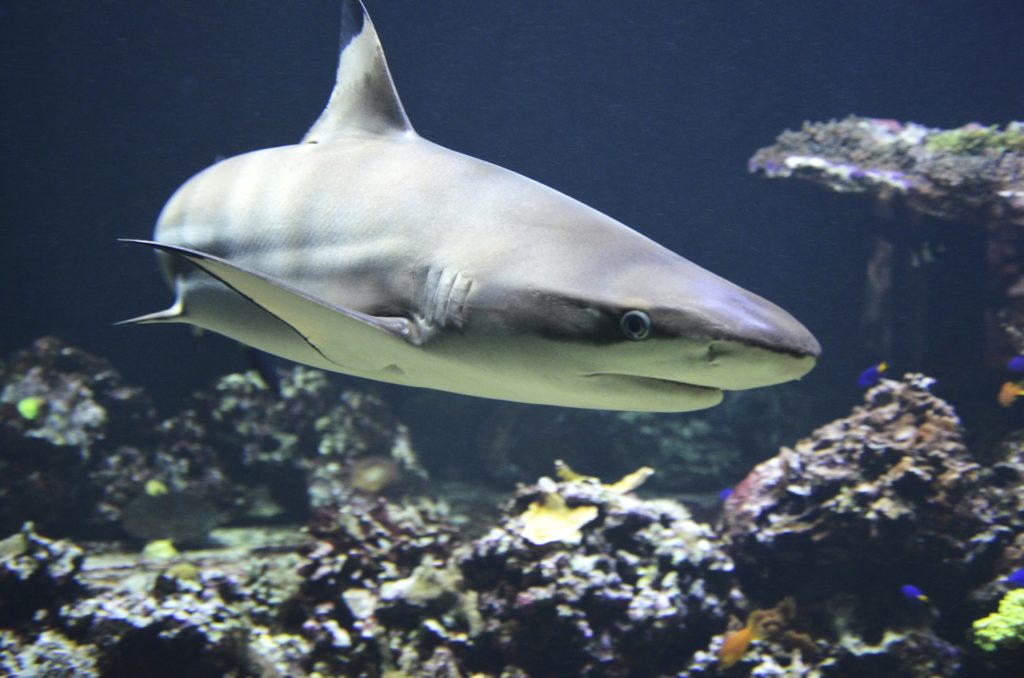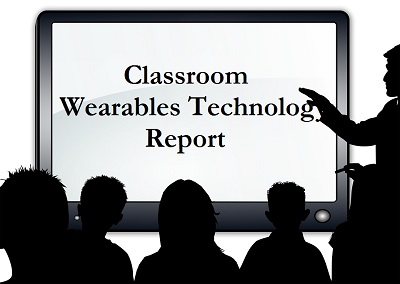These gadgets were designed to help to better understand the eating habits of these mysterious creatures.
A new cool wearable technology study is now underway through researchers from James Cook University (JCU) who will be using the devices to help to better understand the eating habits of sharks.
The scuba diving scientists will be adding special wearables to the tails of the underwater predators.
The researchers scuba dived north east of Cairns on Osprey Reef, where there were special cages filled with tuna heads that were designed to lure the sharks into the area. Those sharks were then lassoed around their tails and fitted with special cool wearable technology. The devices included microcomputers that are comparable to the fitness trackers that have become exceptionally commonplace among consumers.
This cool wearable technology keeps track of the sharks in a similar way to how fitness bands track humans.
 One of the lead researchers in the study, Richard Fitzpatrick, explained that these new wearables make it possible to avoid the old technique of having to wrangle sharks back to the boats in order to have to implant other forms of trackers. He said that “With these [microcomputers] we’re able to put them on the shark underwater and then let them go again.”
One of the lead researchers in the study, Richard Fitzpatrick, explained that these new wearables make it possible to avoid the old technique of having to wrangle sharks back to the boats in order to have to implant other forms of trackers. He said that “With these [microcomputers] we’re able to put them on the shark underwater and then let them go again.”
Fitzpatrick pointed out that “We’re trying to minimize stress to the sharks, do it as quickly as possible so then they return back to normal behavior as quickly as possible and we get better data.” He was also among the researchers who were able to head back to the site and collect the wearables two weeks after they were initially placed on the sharks.
Though it was somewhat challenging to be able to catch the same sharks that had the cool wearable technology, instead of being able to catch any shark and fit it with a device, they were able to successfully do so and gather the data collected by the wearables. This provided the research with significant information about the impact of tourism operators who were feeding the sharks and the way this altered the natural energy consumption of those ocean creatures.

 According to the report summary, “various technology companies are investing heavily in R&D to remain competitive. This is resulting in the incorporation of innovative functionalities, such as gesture recognition and augmented reality, in classroom wearable technology devices. Devices such as Fin, Ring, Kapture, and Myo are some of the products equipped with such modern features.”
According to the report summary, “various technology companies are investing heavily in R&D to remain competitive. This is resulting in the incorporation of innovative functionalities, such as gesture recognition and augmented reality, in classroom wearable technology devices. Devices such as Fin, Ring, Kapture, and Myo are some of the products equipped with such modern features.”